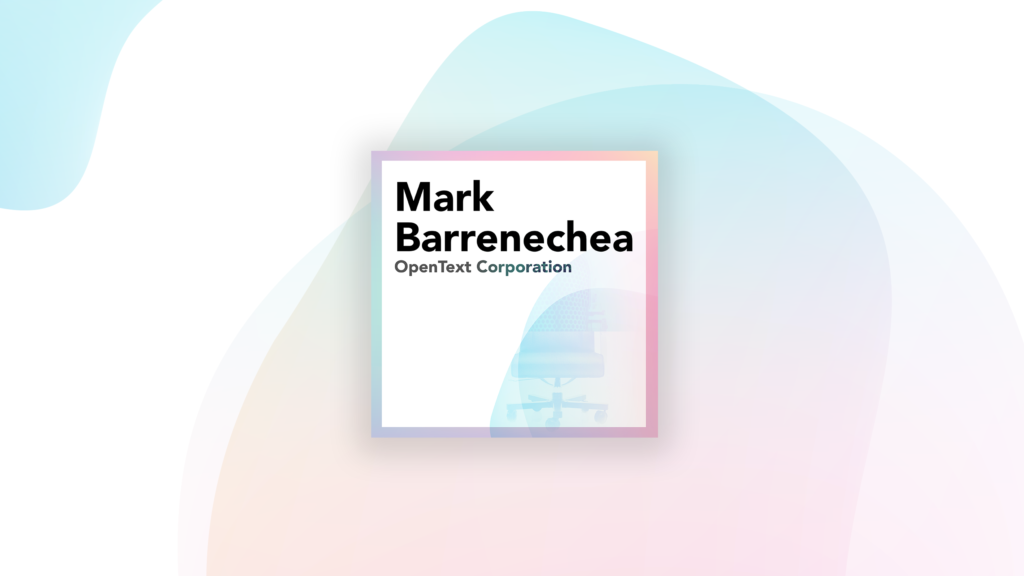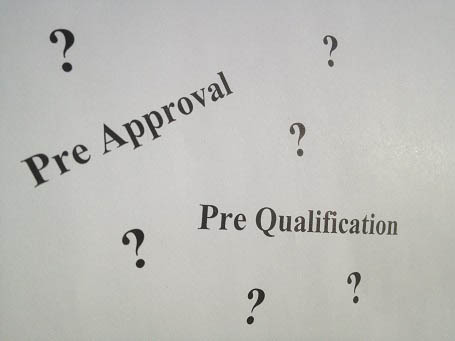|
May 24, 2022
Leverage ratio: Understanding finances
The tendency of sales to vary disproportionately with the fixed cost. If there is a 10% increase in sale, EBIT increase by 35% (10 × 3.5). Rs.10% Preference Share Capital1,00,000Equity Share Capital (Rs. 10 Shares)1,00,00012% Debenture75,000The amount of operating profit is Rs. 69,000. Employment of fastened cost bearing belongings in the firm’s operations is known as Operating Leverage. Employment of mounted monetary expenses bearing funds in an organization’s capital construction is named Financial Leverage. When a agency utilizes mounted price bearing property, in its operational activities to be able to earn more income to cover its whole prices is known as Operating Leverage. And at the identical time, they’ll use monetary leverage by changing their capital structure from total fairness to 50-50, 60-forty, or fairness-debt proportion. An operating leverage ratio refers back to the percentage or ratio of mounted prices to variable prices. A firm that has excessive working leverage bears a big proportion of mounted prices in its operations and is a capital intensive firm.
Financial leverage is 1.1429, this means that 1% change in EBIT will cause 1.1429% change in EBT. B) examining EPS leads to alternative financing plans at varying EBIT levels. Money that the borrowing entity owes or is required to pay to a lender. Here lease payments which a company has a commitment to make are added back to EBIT in the numerator and also to the denominator. Because of this, the business’s stock price will be irregular more rapidly, making correct accounting of share options held by corporate workers difficult. When stock prices go higher, the corporation leverage is the ratio of will pay off more significant shares to its stockholders. If a business firm has a lot of fixed costs as compared to variable costs, then the firm is said to have high operating leverage. Debt and Debt-to-Equity Ratios or leverage ratio equationA stop-loss order is an instruction given to the broker specifying the maximum loss that can be incurred on a position. It ensures that your position is closed at a certain price level and prevents you from losing more than you can afford. Traders should implement sound risk management strategies when trading on leverage. Banks need to be well capitalised to tackle any crisis situation. There are instances galore where the lenders have just failed to make the cut in the past. That explains the criticality of capital and leverage in the scheme of things. The Basel Committee on Banking Supervision introduced a leverage ratio in the 2010 Basel III package of reforms. The leverage ratio is defined as the capital measure divided by the exposure measure, expressed as a percentage. The capital measure is tier 1 capital and the exposure measure includes both on-balance sheet exposure and off-balance sheet items. Which of the following is a leverage ratio?Which of the following is a leverage ratio? Explanation: Debt equity ratio is a leverage ratio. The debt-to-equity ratio (D/E) is a financial ratio indicating the relative proportion of shareholders' equity and debt used to finance a company's assets. Some factors that are considered to have substantial comparability to debt are total assets, total equity, operating expenses and incomes. A leverage ratio assesses a firm’s inherent fiscal risk by measuring the reliance on debt to finance operations and asset acquisitions, whether it is through debt or equity capital. Usually, the debt borne by the firm is compared to metrics linked to cash flow, assets and total capitalization, which jointly aid in gauging the firm’s credit risk (i.e., risk of default). A high ratio signifies that a business may have incurred a higher level of debt than it can be fairly expected to service with prevailing cash flows. What is Leverage Ratio of assets to capital?Fixed charge coverage ratio is a more comprehensive coverage ratio. A higher fixed charge coverage ratio implies stronger solvency, offering greater assurance that the company can service its debt (i.e., bank debt, bonds, notes, and leases) from normal earnings. The ratio is sometimes used as an indication of the quality of the preferred dividend with a higher ratio indicating a more secure preferred dividend. Usually, a fixed charge coverage ratio of less than 1 is considered to be inadequate.
Generally, companies use this metric to determine their debt capacity and ability to withstand negative shocks. Is a useful tool in risk analysis, particularly for companies with significant debts. Networking Capital is the excess of current assets over current liabilities. The tendency of profit before tax to vary disproportionately with sales. The Highly risky situation as it consists of large interest costs. Ou may also like to learn more on other financial strength measures, as below. There are a number of totally different leverage ratios that may be thought-about by market analysts, traders, or lenders. Some accounts that are considered to have vital comparability to debt are total property, whole equity, operating expenses, and incomes. An especially vital leverage downside exists with intrinsically more risky investments, corresponding to hedge funds. Operating leverage reveals how a company’s prices and revenue relate to one another and changes can have an effect on income with out impacting gross sales, contribution margin, or promoting worth. The drawback with leverage is that most individuals are sentimentally optimistic about its ability to spice up earnings with out considering of the potential debts they need to repay if the plan fails. And because curiosity bills are tax-deductible, debt is usually a cheaper way to increase assets than equity. This permits the corporate to make use of debt to finance belongings acquisitions. Issuing most well-liked shares is just one type of monetary leverage. To properly consider these statistics, you will need to keep in mind that leverage comes in a number of varieties, together with working, financial, and mixed leverage. A high diploma of working leverage supplies an indication that the corporate has a high proportion of mounted working costs in comparison with its variable working costs. This implies that it makes use of more fixed belongings to assist its core business. While there exist few businesses that are proud enough they are debt-free. Leverage Ratios vs Coverage RatiosA high ratio means a company can meet its debt obligations; a low value shows a company is unlikely to meet its obligations. This indicates that the company has more assets than liabilities. If interest rates rise suddenly, a high ratio could indicate that a company is at risk of defaulting on its loans. A ratio of less than 1 indicates that equity funds make up a larger portion of the company’s assets. How do you calculate leverage force?Divide the length of the lever's effort arm by the length of its resistance arm. According to Utah State University, the effort arm is the input force and the resistance arm is the output force. A high capital structure ratio means that investors will be more likely to demand management participation to prevent the company from going bankrupt. A high ratio also means that the business will have to pay more interest on its liabilities in order to maintain a good credit rating. Debt-to-equity ratios can be useful for comparing companies with different capital structures. Companies with a lower level of debt will generally be seen as less of a risk. Risk and Money ManagementBusinesses that require massive capital expenditures , corresponding to utility and manufacturing firms, might need to secure more loans than other firms. It’s a good idea to measure a agency’s leverage ratios in opposition to previous efficiency and with corporations working in the same industry to better perceive the data. Similar to the debt ratio, the Equity Ratio measures the amount of assets financed through the shareholder’s equity. Download Black by ClearTax App to file returns from your mobile phone. CAs, experts and businesses can get GST ready with Clear GST software & certification course. Our GST Software helps CAs, tax experts & business to manage returns & invoices in an easy manner. Our Goods & Services Tax course includes tutorial videos, guides and expert assistance to help you in mastering Goods and Services Tax. Since curiosity is normally a hard and fast expense, leverage magnifies returns and EPS. This is sweet when operating earnings is rising, but it can be a problem when operating income is under stress. A leverage ratio may also be used to measure an organization’s mixture of operating expenses to get an idea of how adjustments in output will have an effect on working earnings. Financial Leverage can be a powerful tool for investors, allowing them to increase their potential returns without necessarily increasing the amount of capital they have invested. However, it also carries the risk of increased losses if the value of the assets declines, as the investor is still required to repay the debt even if the value of the assets has fallen. As such, it is essential for investors to carefully consider the risks and potential rewards of using financial Leverage. A excessive working leverage ratio illustrates that an organization is generating few gross sales, but has excessive costs or margins that have to be covered. Leverage Strategies An example of leverage is to financially back up a new company. An example of leverage is to buy fixed assets, or take money from another company or individual in the form of a loan that can be used to help generate profits. The capital structure of a company consists of the following securities. The tendency of profit before tax to vary disproportionately with operating profit . Combined leverage is 4, this means that 1% change in sales will cause 4% change in PAT/EPS. Overall, these calculations tell us that Apple is more highly leveraged than Microsoft and as a result may be a riskier investment during bear markets or recessions.
Leverage can thus multiply returns, even though it can also increase losses if returns turn out to be negative. Some economists have said that the rapid increase in consumer loan levels has been a contributing factor to corporate earnings growth over the past few years. Others blamed the high level of consumer loan as a major reason for the great recession. For example, a value of 3 for this ratio means that each ₹1 of equity supports ₹3 of total assets. Clear can also help you in getting your business registered for Goods & Services Tax Law. This ratio is used to check how much margin is available after paying off the obligation which arises in the course of leveraging the business. Another possibility of a high leverage ratio is the company soon becoming insolvent. A highly leveraged company would have aleverage ratioclose to 1 or larger. These signifies that every dollar of belongings or fairness is matched by one dollar of debt. While carrying a modest quantity of debt is kind of frequent, extremely leveraged businesses face severe risks. Large debt payments eat away at revenue and, in extreme cases, put the company in jeopardy of default. What is leverage in liver?Leverage is the force needed to lift and, if necessary, move loads. This is achieved using a lever, which in physics and engineering is technically known as a force transducer. It works by a rigid lever body tipping on an axis – in the same way as a seesaw. |
|
|
সম্পাদক র্কতৃক প্রকাশিত |
e-mail: alorparosh@gmail.com- -- |






